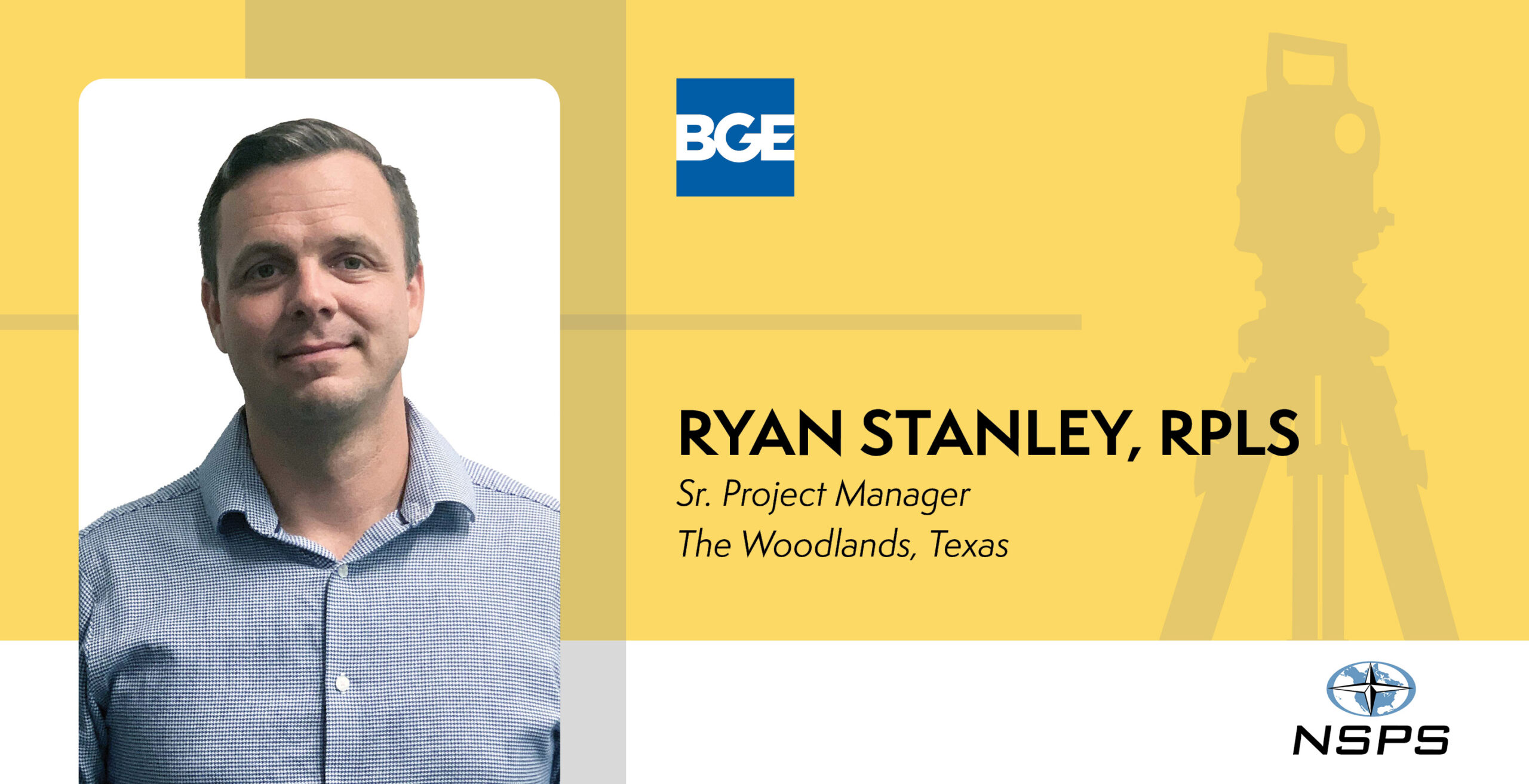How has BGE helped you to develop and expand your professional career?
Being at BGE has helped develop my career by giving me the opportunity to work on a diverse and unique mix of projects, which have been some valuable experiences. Working with the team at BGE has also allowed me to collaborate with and take advantage of an excellent existing knowledge base. Much of surveying knowledge is not able to be learned from a book, but it is passed down from previous generations of surveyors. I am thankful to have had the opportunity to work with some excellent surveyors at BGE over the years.
What has been one of your favorite projects to have been a part of?
I worked on an interesting project in Polk County for the replacement of some County Road bridges. We prepared design topo and right-of-way parcel plats for the new bridges. It was quite an interesting project that involved reading several old documents to establish the existing rights-of-way and land boundary lines along the project route. We were able to recover some monuments marking boundary lines described on decades-old hand-drawn plats in some quite secluded areas.
What do you get out of surveying that you couldn’t get from any other kind of work?
I really enjoy going through and researching old documents that establish the history of land boundaries and ownership for our projects. Understanding what landowners’ and surveyors’ intentions were decades (and sometimes centuries) ago is frequently an important step to performing a complete and correct land survey. We also get to work with some very interesting high-tech equipment and software to create digital drawings that help engineers be able to understand the unique characteristics of a project in an easily assessable format.
How would you describe your job to a child?
Landowners need to know exactly which land they own before building new buildings. Surveyors make maps to help landowners and builders understand which land they own and which areas are good spots to build new buildings or roads.
I asked my 11-year-old son how he would describe land surveying, and he had a unique perspective: “If two landowners own some land but they think their land overlaps, a surveyor can help them understand where the true boundary line is so that the landowners do not get angry with each other. A surveyor can make a map that makes the line easier to understand.”
What’s the weirdest or most unexpected item you always bring with you in the field?
I would say a car battery is the weirdest thing I would carry to the field; we use them to power data radios and antennas that help components of our GPS systems communicate with each other and take precise measurements over very long distances.


